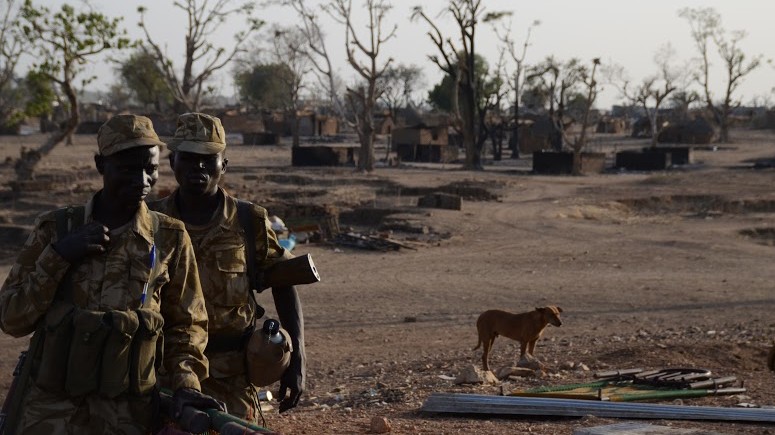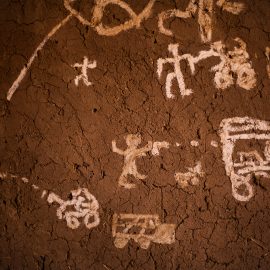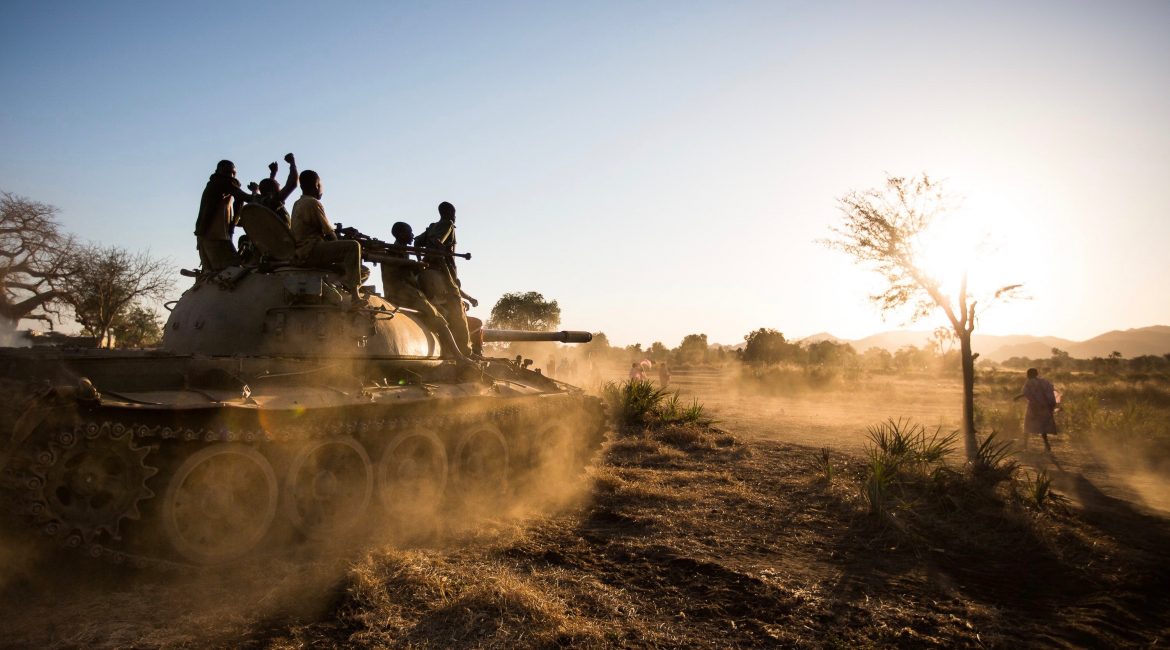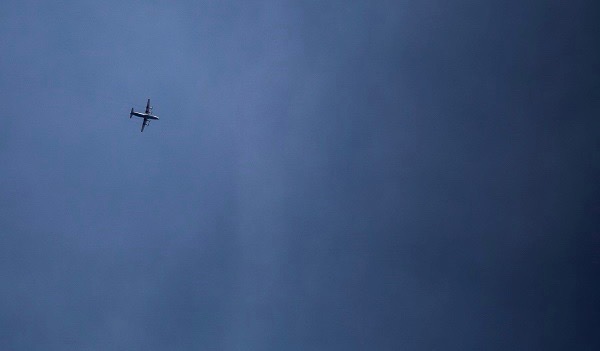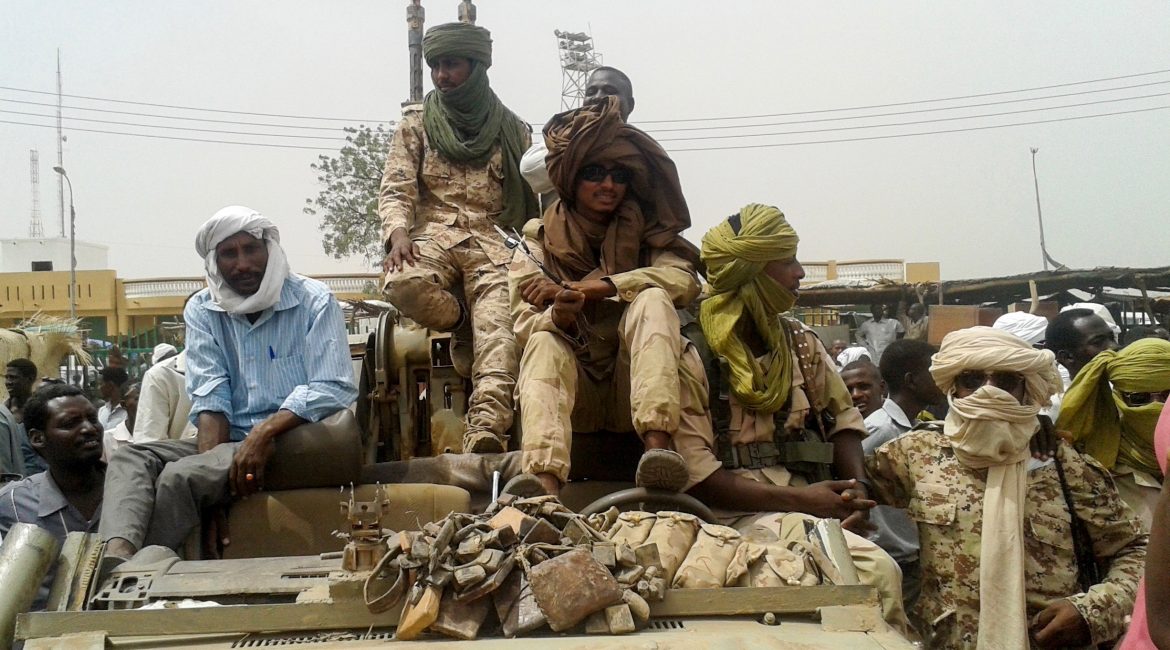Citizens and soldiers across South Kordofan are bracing for a final round of massive, bloody battles as rains bring Sudan’s fighting season to a close.
According to sources across the state, the SAF and the paramilitary RSF have been massing around Tolodi, Ganazyia and government stronghold Kadugli – South Kordofan’s capital. Meanwhile the government has been promising victory.
The Minister of Defense, Abdelrahim Mohamed Hussein, came to Kadugli last week to rally the SAF and RSF units. “We are going to clean out the rebels from South Kordofan, and it will happen before the rainy season,” he said. “We have prepared the arms, SAF and RSF to work together.”
On May 10, the government militia – the combined forces of the Rapid Support Force (RSF) and the Sudan Armed Forces (SAF) – attacked three villages in Buram county. Surveying the area after the attacks, a Nuba Reports journalist counted three civilians dead and 36 destroyed houses. The same day they also attacked Hadra, a village near Delami, a strategic town on the border of rebel held territory. Six civilians were killed and the town was partially destroyed. SPLA-N pushed the forces out of both towns.
The major clashes have yet to begin but the state seems at a standstill. The myriad forces are poised, awaiting orders to unleash their combined fury.
Mohamed Hamdan Daglo, known by his nom-de-guerre, Himeidti, is the commander of the RSF and a former leader in the Janjaweed. Himeidti has made it clear that the government militias are out for blood. The RSF is a re-branded version of the Janjaweed, a paramilitary group that has been burning, pillaging and raping its way through rebel-held territories of Sudan since 2013.
On April 26 in Darfur, the RSF claimed victories over the rebel Justice and Equality Movement (JEM) in al-Nakhara and Goz Dango, in the southern part of the Darfur. The Sudanese government has hailed the victory as a tidal shift in favor of the government troops. “There is no movement called JEM left in Darfur,” Himeidti said, declaring the army totally vanquished. In an interview with Radio Dabanga, JEM chairman Dr. Jibril Ibrahim stressed that the defeat in South Darfur did not mean the end of the movement.
The next day, newly re-elected President Omar al Bashir, accompanied by the Minister of Defense and the head of the National Intelligence and Security Service (NISS) traveled to Nyala, the capital of South Darfur, to attend a victory parade. Reports say at the parade the official Sudan TV and the government-associated al-Shorooq TV played and replayed gory images of rotting corpses in JEM uniforms, mixed with shots of captured JEM soldiers, looking terrified.
Himeidti has taken to the media enthusiastically, promising to bring the fight from Darfur to the Nuba Mountains. In an interview on May 7, he said a unit from the RSF had arrived in Kadugli.
Although very active at the onset of hostilities in 2011, the battles between the government and the rebels in South Kordofan have ground to a bloody stalemate. Currently, the frontlines in the conflict are almost identical to last year, despite fierce fighting.
Last April 2014, bolstered by the RSF, Bashir marshaled in the first “Decisive Summer,” promising to bring an end to the war before the rains. This year the government launched the “Decisive Summer II” campaign, with a second massive attempt to end the rebellion in South Kordofan. In return, the rebel SPLA-N put its efforts toward upending the national elections that were held in April. Bashir was reelected, extending his 26-year rule with 94 percent of the vote.
The SAF, RSF and SPLA-N went head-to-head in December after the government launched a campaign to retake SPLA-N positions around Daloka, a strategic plateau overlooking Kadugli. The SPLA-N repulsed the assault. Nuba Reports calculated more than 450 bombs, rockets and artillery shells dropped on civilian targets in the month surrounding the battle for Daloka.
The start of January saw big victories for the government militia, but they were soon reversed. SAF and RSF took Angartu, a strategic town in South Kordofan that put their artillery in shelling range of Kauda, the de-facto rebel capital. Days later, the SPLA-N activated a counter attack and pushed the government out of Angartu, restoring the battle lines.
As April elections approached, the SPLA-N took to the stage to disrupt the vote. Between mid-March and mid-April they attacked nearly a dozen garrison towns with highly coordinated assaults, often hitting multiple sites in the same day. After the SPLA-N seized a government truck carrying ballots on April 5, Sudanese election officials canceled elections in seven counties. The NCP will appoint cabinet members.
It remains to be seen if Himeidti’s vigorous speeches and the large assembly of trucks, troops and guns piling up in government towns will change the long-standing battle lines before the rains come.

